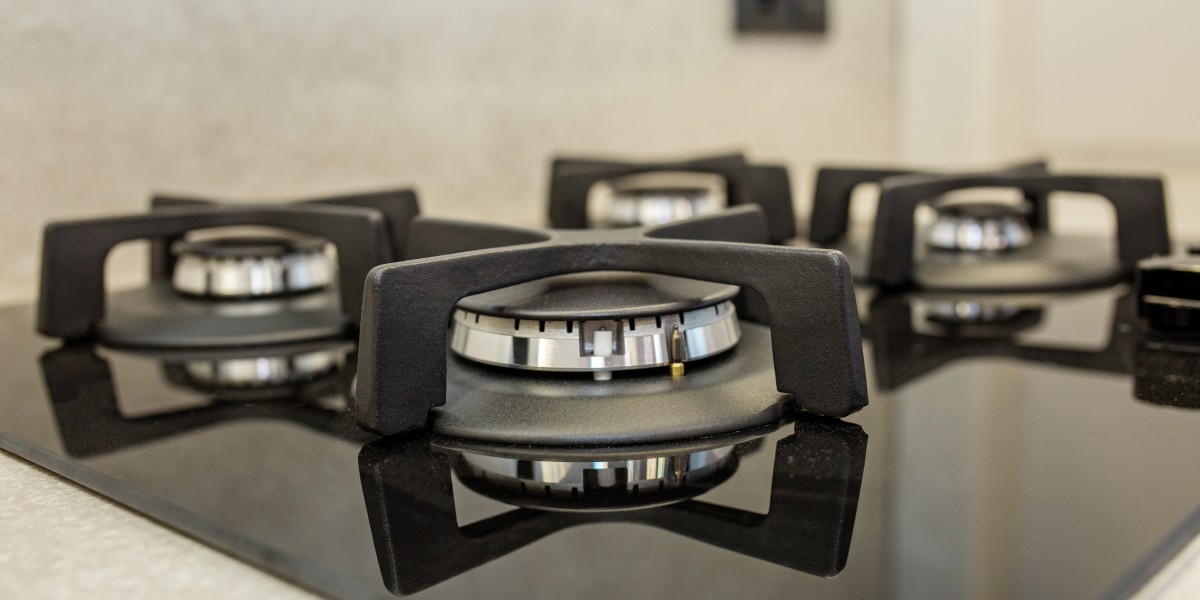The Comprehensive Guide to Built-in Electric Ovens and Hobs
In today's busy world, modern kitchen appliances have progressed considerably to deal with the tastes and needs of contemporary homeowners. Among these appliances, built-in electric ovens and hobs stand apart for their efficiency, style, and functionality. This article explores the functions, benefits, installation pointers, and maintenance of built-in electric ovens and hobs, along with dealing with often asked concerns.

Understanding Built-in Electric Ovens
What Is a Built-in Electric Oven?
A built-in electric oven is a device designed to be installed into a wall or kitchen cabinetry, offering a smooth, integrated appearance in the kitchen. Unlike freestanding ovens, built-in designs save space and often come geared up with additional functions such as self-cleaning cycles, convection cooking, and different cooking modes.
Types of Built-in Electric Ovens
- Single Ovens: Ideal for smaller sized cooking areas or those who prepare for fewer individuals.
- Double Ovens: Offer more cooking area, appropriate for bigger households or those who entertain regularly.
- Combination Ovens: These consist of both a conventional oven and a microwave, offering flexible cooking options.
Advantages of Built-in Electric Ovens
| Benefit | Description |
|---|---|
| Space-Saving Design | Fits seamlessly into kitchen cabinetry, releasing up counter area. |
| Improved Aesthetics | Develops a contemporary, expert kitchen look. |
| Versatile Cooking Options | Frequently includes numerous cooking modes consisting of bake, broil, and convection. |
| Energy Efficient | Takes in less energy than traditional ovens. |
Understanding Built-in Hobs
What Is a Built-in Hob?
A built-in hob is a cooking surface set up into the kitchen countertop, incorporating effortlessly with the kitchen design. Readily available in electric, induction, and gas ranges, electric hobs are renowned for their accuracy and ease of use.
Types of Built-in Hobs
- Electric Hobs: Traditional coil components that heat via electrical resistance.
- Induction Hobs: Use magnetic energy to heat just the pots and pans, making them faster and much safer.
- Ceramic Hobs: Feature a smooth surface area with convected heat beneath, offering easy cleansing.
Benefits of Built-in Hobs
| Benefit | Description |
|---|---|
| Fast Cooking Times | Electric hobs heat rapidly, reducing general cooking time. |
| Easy to Clean | Flat surface area enables quick and simple cleaning. |
| Resilient | Traditionally built to last and hold up against heats. |
| Versatile Compatibility | Functions well with numerous cookware products. |
Setup Considerations
Installing a built-in electric oven and hob needs careful preparation.
Steps for Installation
- Measure the Space: Ensure the measurements of the oven and hob match the assigned space in your kitchen.
- Examine Electrical Requirements: Consult an electrician to guarantee wiring can handle the device's power needs.
- Placement of Appliances: Position the oven at a practical height, typically in between waist and eye level.
- Ventilation: Ensure appropriate ventilation, specifically if your oven includes a range hood.
Essential Tools
- Power drill
- Screwdrivers
- Level
- Determining tape
Safety Precautions
- Always disconnect the power before setup.
- Follow producer instructions carefully.
- Consider hiring a professional for electrical connections.
Upkeep Tips
Maintaining built-in electric ovens and hobs is essential for longevity and performance.
Regular Care Routine
- Cleaning up the Surface: Use a soft fabric and manufacturer-recommended cleaner.
- Checking Electrical Connections: Check cables and plug for damages regularly.
- Cleaning up Filters: If the oven has a ventilator, tidy or replace the filters as required.
Repairing Common Issues
| Problem | Possible Solution |
|---|---|
| Oven Won't Heat | Inspect the power supply and heating aspect. |
| Heating Inconsistency | Inspect the thermostat and oven calibration. |
| Hob Not Heating | Ensure pots and pans is suitable and inspect the power supply. |
Frequently Asked Questions
1. How do I choose the ideal size built-in electric oven?
Picking the ideal size includes determining your kitchen space and thinking about how much cooking you typically do. If you entertain regularly or have a large family, choose a double oven.
2. Are built-in electric hobs safe to use?
Yes, built-in electric oven built in hobs are safe, particularly induction hobs which just warm the pots and pans, lowering the danger of burns.
3. Can I set up a built-in oven and hob myself?
While it is possible for experienced DIY lovers, working with a professional is advised, particularly for the electrical connections.
4. How often should I clean my built-in oven and hob?
Cleaning need to be done routinely after use, with deep cleaning periods depending upon cooking frequency - typically every couple of months.
5. Do built-in appliances require special upkeep?
Built-in appliances need similar upkeep to freestanding designs, but appropriate care needs to be taken with their surrounding kitchen cabinetry.
Built-in electric ovens and hobs provide a blend of innovation and style, providing performance and modern-day aesthetic appeals to any kitchen. With correct selection, mindful installation, and routine upkeep, these appliances can improve one's cooking experience for several years. Understanding the features, advantages, and care requirements can empower homeowners to develop the kitchen of their dreams-- efficiently and stylishly.
As kitchens continue to evolve into main hubs of the home, picking the best built-in options plays a vital function in daily culinary imagination and pleasure.








